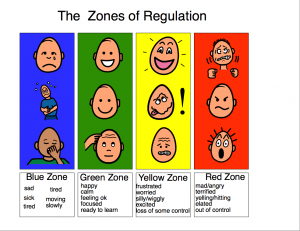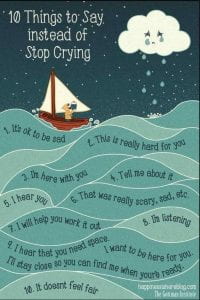Happy Thursday everyone,
We hope that you found the zones of regulation chart a useful tool and are able to use it with your child at home. The chart lets children explore the different feelings they can experience on any day and helps them identify and name their emotions and feelings.
Here are some more ideas and activities to help your child recognise and explore their feelings and emotions through drawing, writing, talking and listening. These are activities that help children build vocabulary and word recognition skills around topics that relate directly to their daily lives and experiences.
All you need is a pen or pencil and some paper.
Ask your child “can you draw me a sad or a happy face?” To make the activity more fun you could use a mirror and ask your child to look at their own face to decide if they look happy or sad. You could extend the activity by asking more questions such as do you feel happy? What sort of things make you feel happy? Can you make a happy face? What does our mouth and eyes do when we are happy? What noise might we make? What would ‘sad’ eyes look like? Can you make me a ‘sad face’? What makes you feel sad?
We would love to see your pictures.
We often participate in meditation sessions at nursery to bring some calming energy and relaxation at the beginning or end of a busy day.
Meditation can help children read and respond to internal signals of stress before their developing brains and bodies give in to a full-blown tantrum. The key is intuiting what your child needs to come back into balance and giving him or her the tools to practice.
Meditative music and recorded meditations can have a profoundly calming effect on children. We have chosen 2 links to share with you. We hope you are able to take some time out to watch the meditation links along with your child.
Another useful resource attached is a copy of the ‘Play well pack’ produced by Play Scotland.
The pack has even more suggestions to support play at home and describes how important play is for children’s learning and wellbeing.
The pack is based around the SHANARI wellbeing indicators that we use to support wellbeing and ensure children develop and reach their full potential within the nursery.








